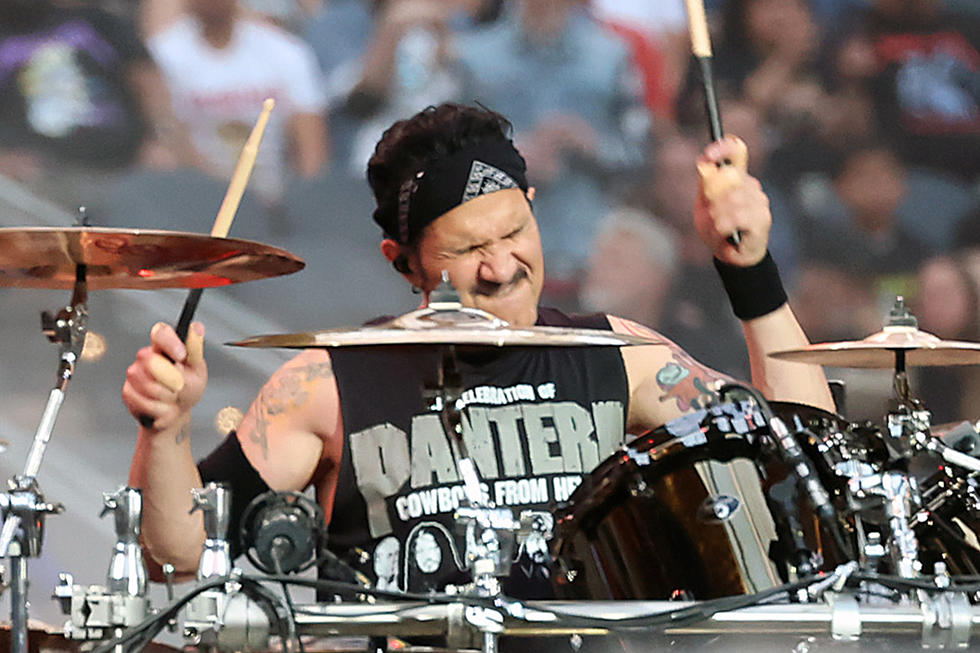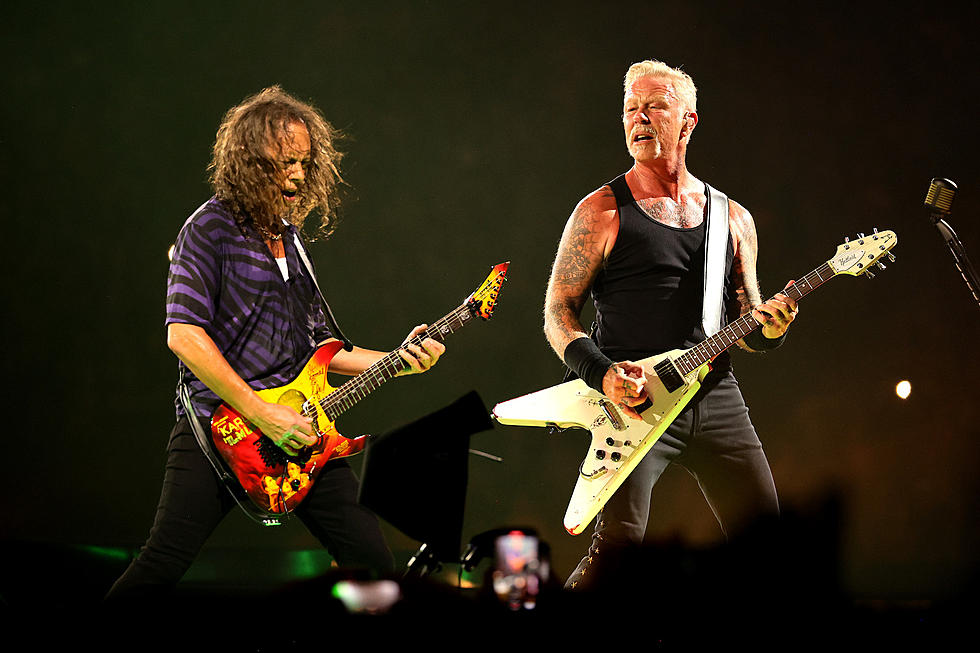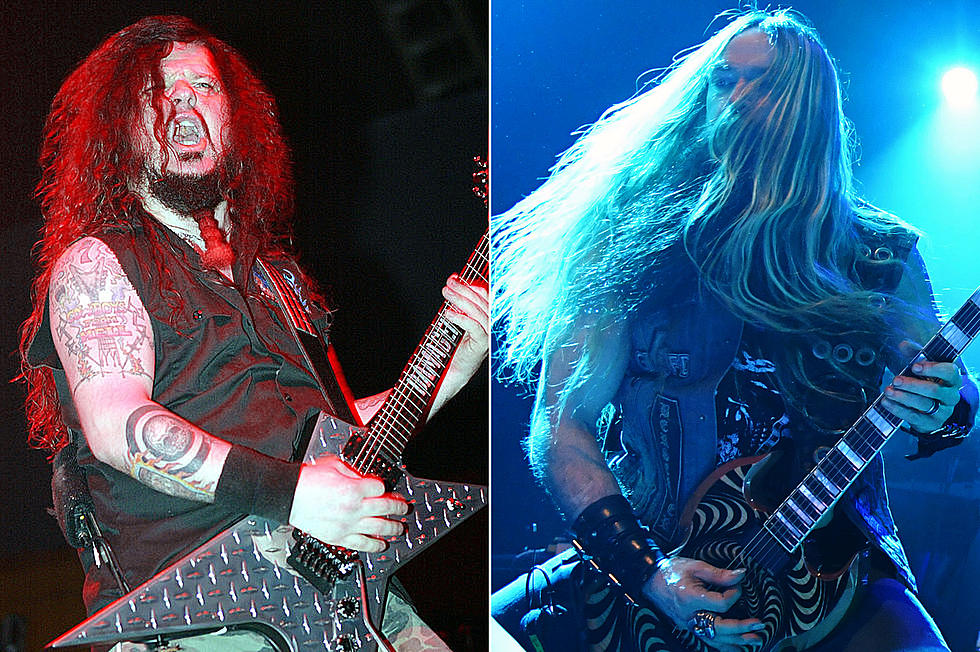How Pantera’s ‘Cowboys From Hell’ Became a Post-Thrash Moment
With Cowboys from Hell, Pantera embarked on perhaps the greatest career second act of the '90s. They buried years of futility as hair metal also-rans in order to rise as groove-metal ambassadors and arguably the biggest heavy metal band of the decade.
How it all happened remains very difficult to fully explain, so one can only analyze it as a perfect storm of internal and external forces.
Internally, the transition was a gradual one, beginning with the departure of original Pantera singer Terry Lee Glaze after three undistinguished, independently released pop-metal albums. He was replaced by a charismatic New Orleans native named Phil Anselmo, whose first studio effort with Pantera, 1988’s Power Metal, showed promising signs by both focusing and toughening the Dallas-based quartet’s sound.
That brought them closer to Judas Priest than, say, Poison, but this was still nothing compared to the eventual post-thrash heaviness unveiled on Cowboys from Hell.
Externally, Pantera’s wholesale transformation seemed to happen overnight, when their revised musical approach and drastic attitude and image readjustment (glam makeup and costumes were replaced by everyman, downright grungy attire) caught the attention of Atco Records. Before heavy metal fans knew what hit them, Cowboys from Hell arrived in stores on July 24, 1990. It boasted all the hallmarks of a debut album from a brand new band – which, in essence, is what this new iteration of Pantera truly was.
Watch Pantera's 'Cowboys From Hell' Video
Ignited mid-riff, like the revolution was already in progress, the album’s title track introduced listeners to Darrell Abbott’s meaty, muscular, soon-to-become unmistakable guitar tone. That crystallized Pantera’s efforts to bridge heavy metal’s aesthetic evolution from ‘80s thrash into what was most commonly called groove metal in the ‘90s.
Subsequent examples of this new hybrid like “Primal Concrete Sledge,” “Shattered” and “The Art of Shredding” hammered the point home with all the subtlety of a sledgehammer, backed by bassist Rex’s thundering bottom end and drummer Vinnie Paul’s precision-tool percussion.
Then there were the confident, self-empowering lyrical messages alternately growled, roared, and even shrieked by Anselmo (see “Domination,” “Clash with Reality,” etc.) which drew much inspiration from hardcore in sticking closer to real-life issues instead of venturing off to castle metal fantasy kingdoms or wallowing in party tunes.
This ethos was even true of the album’s nominal power ballad, “Cemetery Gates,” which backed its unusual showcase for Darrell’s and Anselmo’s melodic talents with moving and believable words of grief and loss.
All in all, Cowboys from Hell was a bona fide musical revelation, warmly embraced by specialized metal publications and extreme-tasted fans alike. Yes, Pantera would arguably better it with 1992’s all-time classic A Vulgar Display of Power, at which point Abbott would go from "Diamond Darrell" to "Dimebag Darrell." But their 1990 breakthrough made this possible, and so it remains the most pivotal release of the group’s now-legendary career.
A categorical statement of intent, Cowboys from Hell rewrote the storyline of heavy metal by turning Pantera’s role from that of a footnote into a chapter of crucial importance to the genre's overall narrative.
Top 50 Classic Heavy Metal Albums
More From Ultimate Classic Rock









